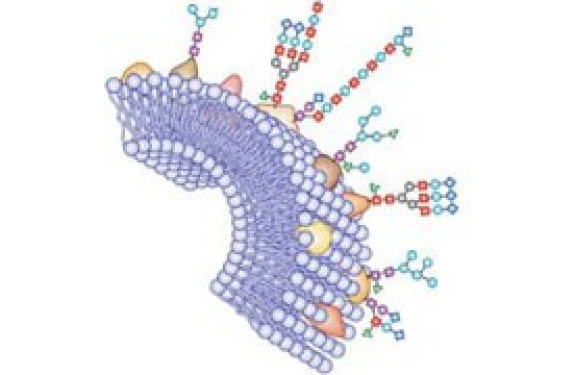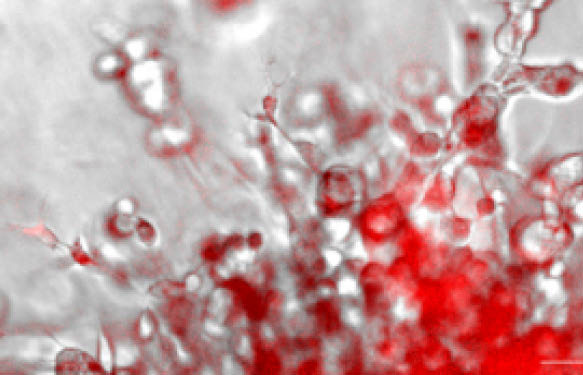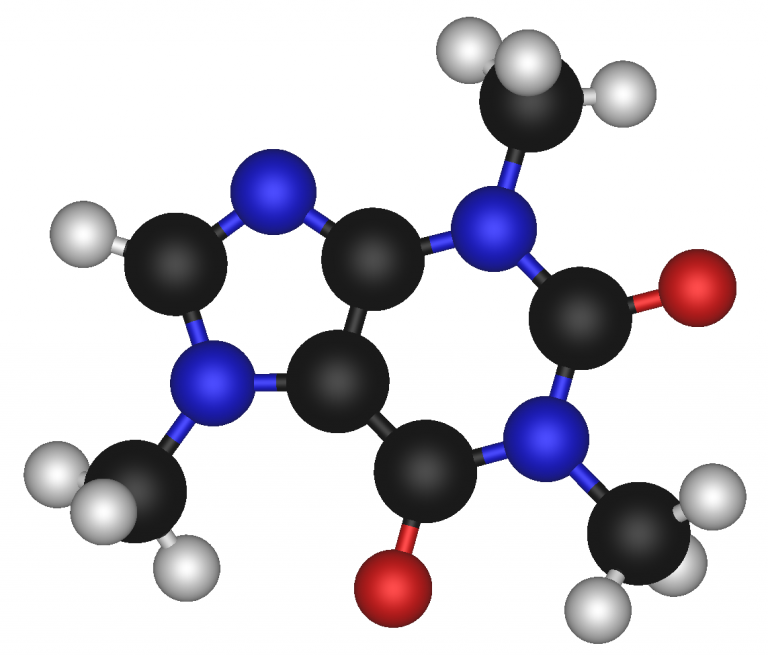Glycocalyx, literally meaning ‘sugar coat’, is an extracellular polymeric coating surrounding many prokaryotic and eukaryotic cells that consists of glycoproteins, glycolipids, proteoglycans and glycosaminoglycans. The constituents of the glycocalyx play an important role in the process of cell signaling, virus transfection, and immunity and glycosylation status is important in processes such as inflammation and tumour microenvironment. However, the range of detection tools available for glycobiology research is quite limited, and in most cases, studies aimed at characterising glycosylation patterns have to be done with HPLC using home-based methods.

Other solutions available to study glycosylations are provided by some academic institutions, but lead time to obtain an array of sugars / sugar binding moieties can be too long in today’s competitive research environment.
A new glycan array has been released, allowing researchers to study protein-carbohydrate interactions, for the following uses:
1.- Identify the glycans binding partners in biological samples (serum, plasma, supernatants, lysates).
2.- Identify whether target proteins are carbohydrate binding proteins.
3.- Probe binding of viruses and whole cells to glycans (important in host-pathogen interaction studies!).
4.- Profile the substrate specificity of enzymes (glycosyltranferases, glycosidases, etc.).
5.- Profile the inflammatory immune response.
An example of the use of this array in host-pathogen interactions is influenza. Influenza virus binds to a variety of sialosides with a serotype-specific patterns.
As far as immune response is concerned, galectins, which are involved in apoptosis, cell adhesion and T-cell activation supression, function by binding beta-galactosides.
In brief, this array will allow to unravel, in a more efficient way, interactions between host and pathogens that may elucidate infection and immunity mechanisms prone to the development of new drugs aiming at blocking this interaction and/or improving the immune response.
Working on host-pathogen interactions and not sure how it works? Do not hesitate to contact us!



